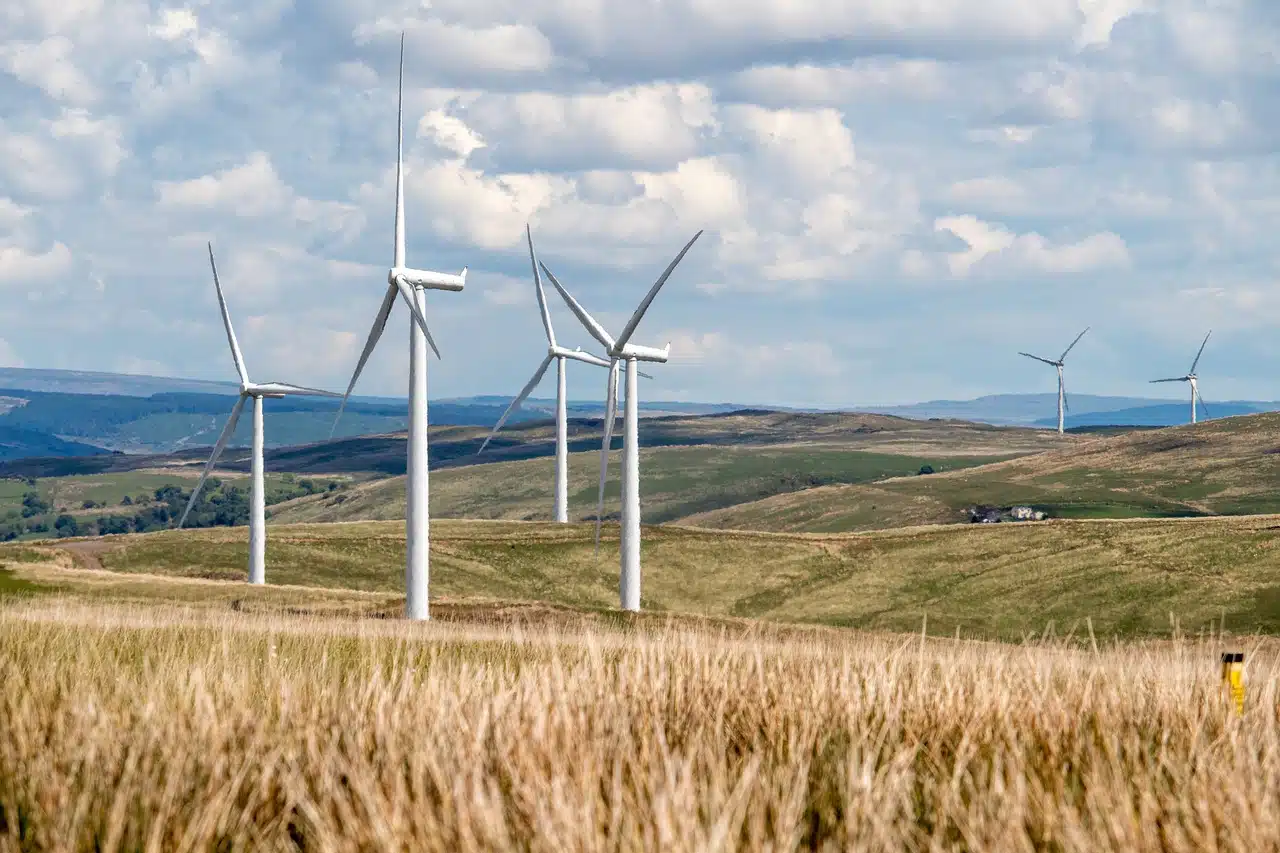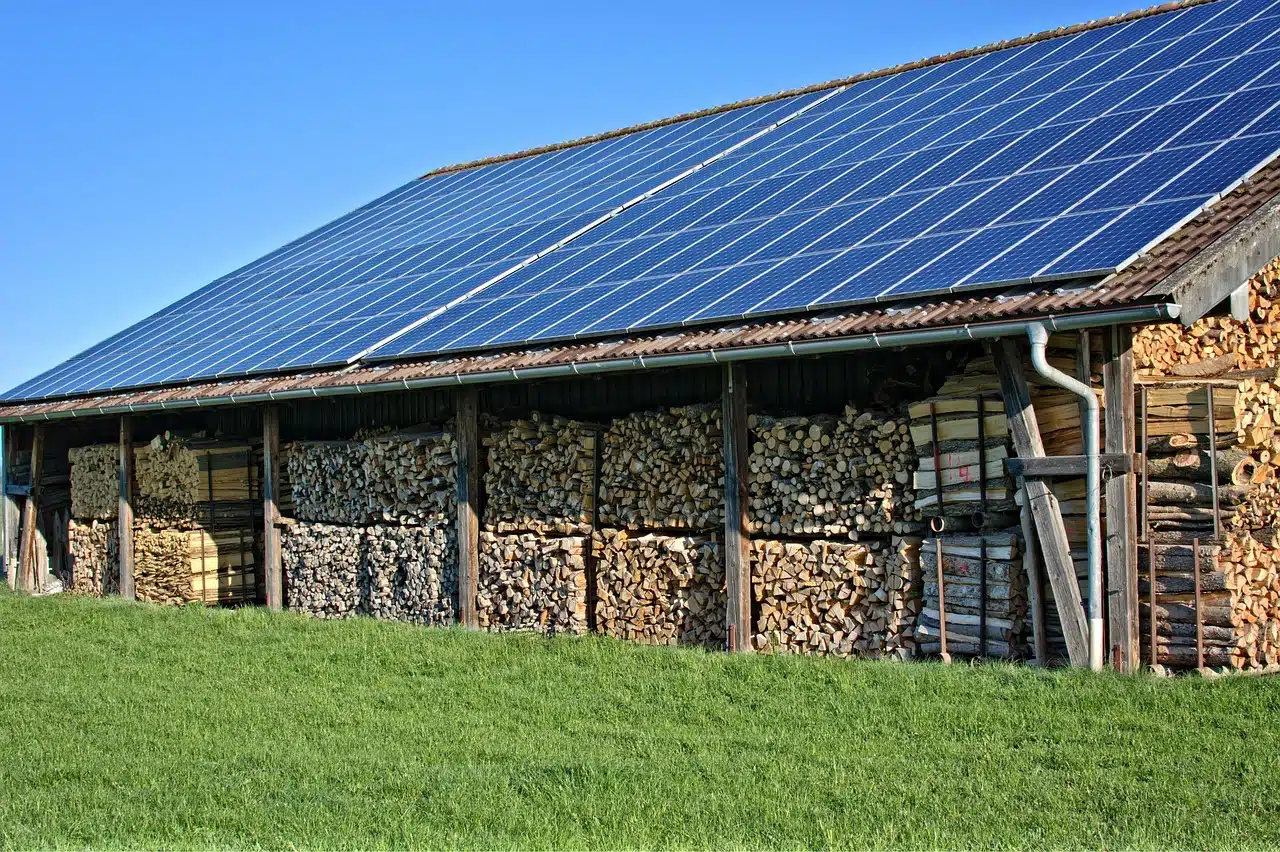
Renewable energy comes from virtually inexhaustible sources, such as wind.
Renewable energy is the type of energy that can be obtained from virtually inexhaustible natural sources, since they contain an immense amount of energy or can be regenerated naturally.
It should be noted that energy is a natural resource that can be used industrially through the application of technology and various associated resources. The concept also allows us to name the ability to set something in motion or transform it.
Renewable , for its part, is that which can be renewed . The verb renew is linked to replacing something, putting back, transforming or reestablishing something that had been interrupted.
Characteristics of renewable energy
Renewable energies are characterized by the quantity or regeneration capacity of the resource . Non-renewable energies , on the other hand, are those whose source cannot be generated again: that is, what is spent cannot be replaced. Fossil fuels, such as oil , coal or natural gas , are non-renewable energies.
Wind energy , solar energy and geothermal energy are examples of non-polluting renewable energies ( green energies ), because their use involves a minimal environmental footprint. The energies obtained from biomass, on the other hand, are polluting renewable energies.
Logic indicates that human beings should opt for renewable energy to guarantee their subsistence as a species. It is estimated that the Sun will supply renewable energy sources (through solar radiation , its impact on rain, wind, etc.) for at least four billion years. The use of these energies, on the other hand, does not generate greenhouse gases or other polluting emissions.

Solar energy is a renewable energy.
Negative aspects
Among the points against renewable energy is its irregularity (wind energy cannot be used when there is no wind, for example). On the other hand, although it is the most respectful path towards nature , the misuse of these energy sources can lead to disasters of varying degrees, since all of them generate an impact on the environment .
For example, geothermal energy can be harmful if greenhouse gases and heavy metals (elements with metallic properties, such as lanthanides, actinides and some of the semimetals) are brought to the surface. Hydraulic energy , for its part, although it can be less harmful when used on a small scale (through mini-hydraulic plants), is usually based on the construction of imposing dams , which directly affects biodiversity and promotes the production of methane by plant residues.
More negative effects of misuse of hydropower are pandemic diseases such as dengue, yellow fever and echistosomiasis (a parasitic disorder caused by a particular class of worms, which usually occurs mainly in developing countries with hot climates and temperate), in addition to floods that destroy natural landscapes and cities, with their consequent evacuations and deaths, and the increase in mineral salts dissolved in river beds.
Wind energy can also have negative consequences for the environment if it is not used with a well-defined plan, or if it is attempted to be over-exploited. At first glance, the placement of windmills breaks the beauty of any natural landscape. On the other hand, it is important to remember that they produce low-frequency noise that is very dangerous for the health of those who live nearby; Among its consequences in humans are sleep disorder and pulse irregularity.
It is worth mentioning that a large part of these sounds are below the limit of our auditory perception, and yet they harm us. Finally, it should not be forgotten that windmills represent a danger to certain species of birds if they are not detected and injured by their blades. Among the energies that produce the least environmental impact are solar and wave energy.
